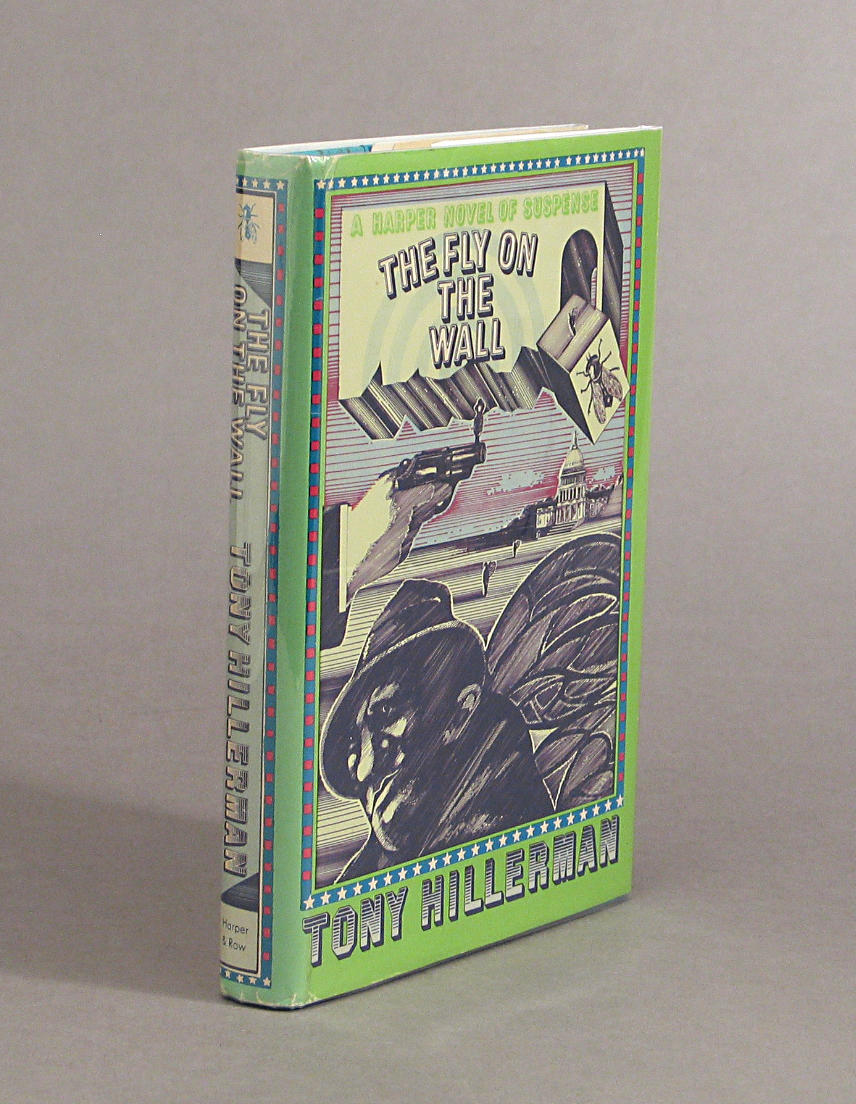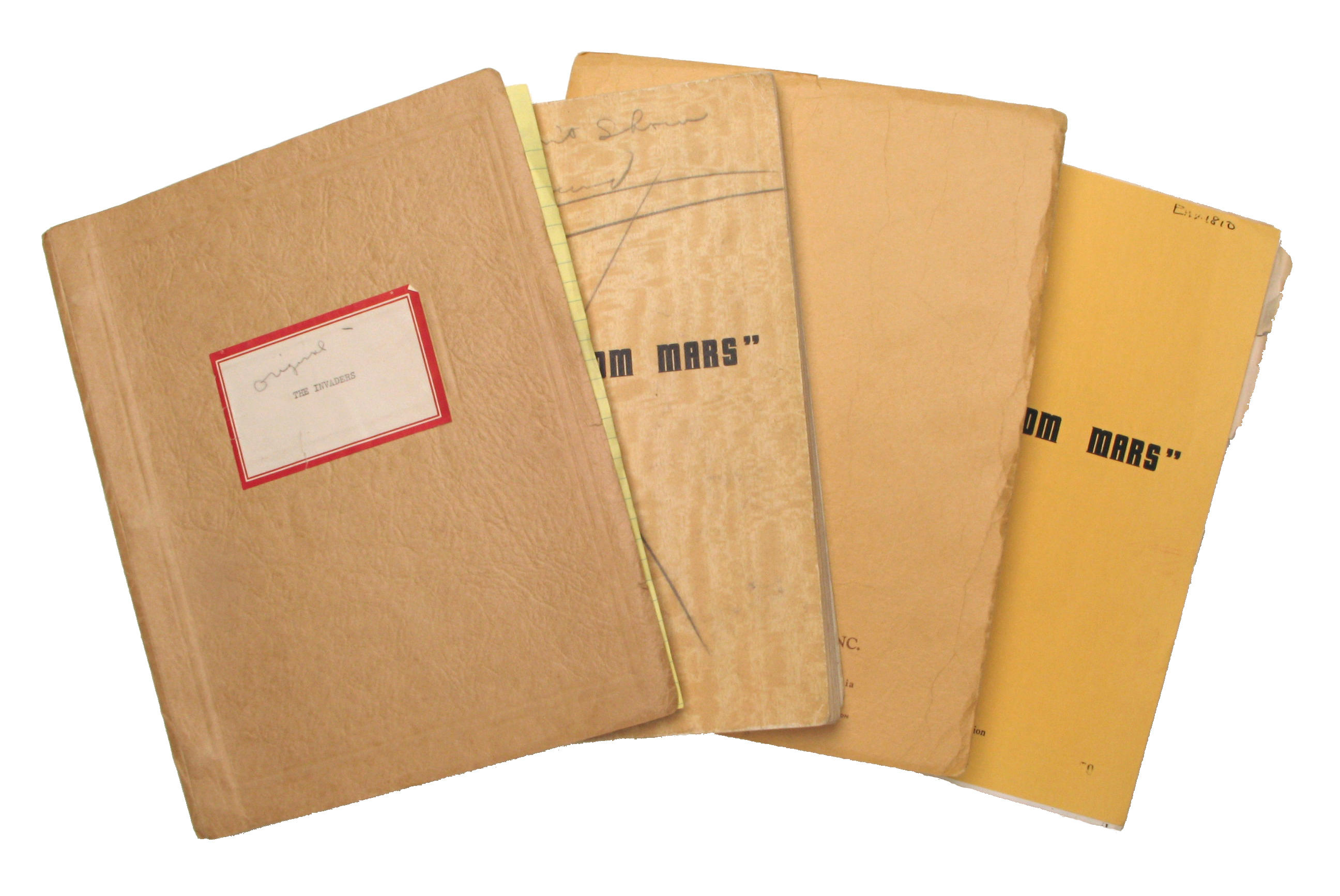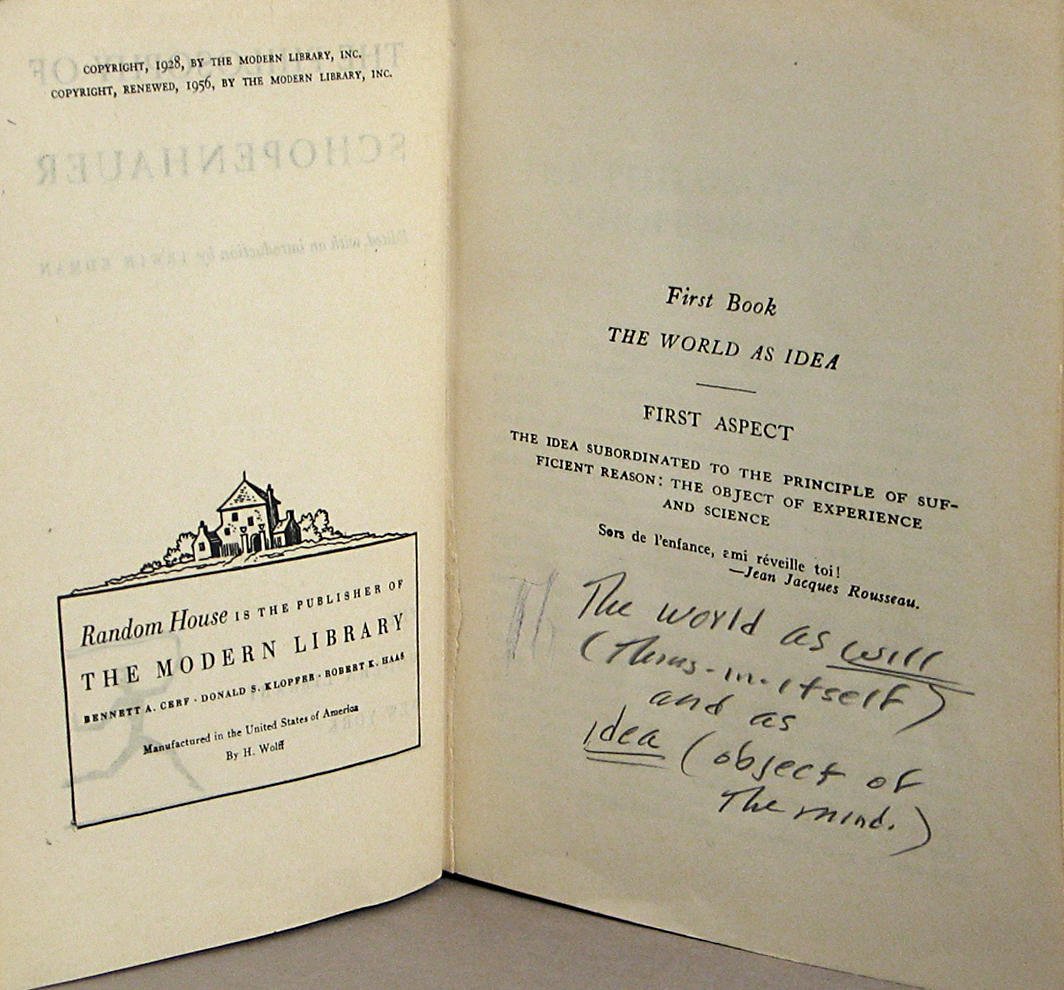TIBBETS'INDIVIDUAL FLIGHT ACTIVITY REPORT, CONTAINING RECORD OF EVERY FLIGHT FLOWN DURING HIS AIR FORCE CAREER. Typed Carbon Signed ("Paul W. Tibbets, Jr.") 10 times, 518 pp recto and verso, legal folio and 4to, various places including San Antonio, Texas, Fort Benning, GA, Europe, Africa, Wichita, KS, Wendover, UT, Tinian Island, and others, October, 1937 to May, 1966, being Tibbets' monthly Individual Flight Activity Report, also signed by various Warrant Officers and others over the decades, heavily annotated throughout in pencil by Tibbets, pages thumbed and soiled, with wear at all edges, secured with brads in light green folder with cloth spine, significant wear to cover and spine. Brigadier General Paul Tibbets had one of the most storied careers in all of military history. Dropping out of medical school in 1937, he enlisted as a flying cadet in the Army Air Corps and soon was commissioned 2nd Lieutenant. Five years later, at the outbreak of World War II, he was a Squadron Commander of the 340th Bomb Squadron, 97th Bombardment Group, destined for England. He flew 25 missions in B-17s, including the first American Flying Fortress raid against occupied Europe. In November of that year he was in Algeria leading the first bombardment missions in support of the North African invasion. In March 1943, he was returned to the states as a test pilot for Boeing's new bomber, the B-29. By the next year, he was the country's most experienced pilot of the plane, and so was hand selected to lead a "secret air force," known officially as the 509th Composite Group. Tibbets was to work with the Manhattan Project scientists to supervise the modifications necessary for a B-29 to deliver an atomic bomb, as well as train his unit to deliver these weapons in combat. He moved his squadron to Wendover, UT for training, flying back and forth between Wendover and Los Alamos for conferences with the scientists. In May of 1945 the 509th Composite transferred to Tinian Island in the Pacific, spending three months finalizing their training. Finally, during the first week of August, Tibbets named his B-29 the Enola Gay, after his mother, and the plane, loaded with the atomic bomb "Little Boy," took off at 2:45 a.m. August 6, 1945 for the mission to Hiroshima. After World War II, Tibbets witnessed Operation Crossroads, the Bikini Atoll tests of 1946, then became a test pilot for B-47s, leading the transition to an all-jet Air Force. His post-war career included stints in France, Savannah, GA, MacDill Air Force Base in Tampa, FL, and India. Tibbets retired a Brigadier General in 1966. This remarkable document records every single flight of arguably the most famous of all World War II pilots, from his first training flights in PT-3s and BT-9s in 1937 at Randolph Field in Texas, to his first flights in the B-17 bomber, including the August 17, 1942 initial daylight raid by an American squadron over German occupied Europe (the bombing of Rouen). His October 1942 sheet lists an 11 hour flight in a B-17 on the 19th—when Tibbets flew General Mark Clark to Gibraltar for a secret meeting with French commanders. A few weeks later, On November 5, 1942, Tibbets flew General Eisenhower to Africa for the beginning of Operation Torch. In 1943, Tibbets' records show him back in the states flying the experimental YB-29 and XB-29 extensively, as well as the RB-34, the B-26C, and the RB-18B. He arrived in Wendover Field, UT in September of 1944, Flying the C-47, C-46A, C-54B, B-29, and C-54. Once the 509th Composite transferred to Tinian, Tibbets made several long flights in a C-54, with only 3 recorded B-29 flights for July, 1945. And in August, he flew the B-29 (Enola Gay) only once, on the 6th, for 12 hours and 15 minutes. Doubtless, one of the most important World War II aviation manuscripts to come on the market. See illustrations.
TIBBETS'INDIVIDUAL FLIGHT ACTIVITY REPORT, CONTAINING RECORD OF EVERY FLIGHT FLOWN DURING HIS AIR FORCE CAREER. Typed Carbon Signed ("Paul W. Tibbets, Jr.") 10 times, 518 pp recto and verso, legal folio and 4to, various places including San Antonio, Texas, Fort Benning, GA, Europe, Africa, Wichita, KS, Wendover, UT, Tinian Island, and others, October, 1937 to May, 1966, being Tibbets' monthly Individual Flight Activity Report, also signed by various Warrant Officers and others over the decades, heavily annotated throughout in pencil by Tibbets, pages thumbed and soiled, with wear at all edges, secured with brads in light green folder with cloth spine, significant wear to cover and spine. Brigadier General Paul Tibbets had one of the most storied careers in all of military history. Dropping out of medical school in 1937, he enlisted as a flying cadet in the Army Air Corps and soon was commissioned 2nd Lieutenant. Five years later, at the outbreak of World War II, he was a Squadron Commander of the 340th Bomb Squadron, 97th Bombardment Group, destined for England. He flew 25 missions in B-17s, including the first American Flying Fortress raid against occupied Europe. In November of that year he was in Algeria leading the first bombardment missions in support of the North African invasion. In March 1943, he was returned to the states as a test pilot for Boeing's new bomber, the B-29. By the next year, he was the country's most experienced pilot of the plane, and so was hand selected to lead a "secret air force," known officially as the 509th Composite Group. Tibbets was to work with the Manhattan Project scientists to supervise the modifications necessary for a B-29 to deliver an atomic bomb, as well as train his unit to deliver these weapons in combat. He moved his squadron to Wendover, UT for training, flying back and forth between Wendover and Los Alamos for conferences with the scientists. In May of 1945 the 509th Composite transferred to Tinian Island in the Pacific, spending three months finalizing their training. Finally, during the first week of August, Tibbets named his B-29 the Enola Gay, after his mother, and the plane, loaded with the atomic bomb "Little Boy," took off at 2:45 a.m. August 6, 1945 for the mission to Hiroshima. After World War II, Tibbets witnessed Operation Crossroads, the Bikini Atoll tests of 1946, then became a test pilot for B-47s, leading the transition to an all-jet Air Force. His post-war career included stints in France, Savannah, GA, MacDill Air Force Base in Tampa, FL, and India. Tibbets retired a Brigadier General in 1966. This remarkable document records every single flight of arguably the most famous of all World War II pilots, from his first training flights in PT-3s and BT-9s in 1937 at Randolph Field in Texas, to his first flights in the B-17 bomber, including the August 17, 1942 initial daylight raid by an American squadron over German occupied Europe (the bombing of Rouen). His October 1942 sheet lists an 11 hour flight in a B-17 on the 19th—when Tibbets flew General Mark Clark to Gibraltar for a secret meeting with French commanders. A few weeks later, On November 5, 1942, Tibbets flew General Eisenhower to Africa for the beginning of Operation Torch. In 1943, Tibbets' records show him back in the states flying the experimental YB-29 and XB-29 extensively, as well as the RB-34, the B-26C, and the RB-18B. He arrived in Wendover Field, UT in September of 1944, Flying the C-47, C-46A, C-54B, B-29, and C-54. Once the 509th Composite transferred to Tinian, Tibbets made several long flights in a C-54, with only 3 recorded B-29 flights for July, 1945. And in August, he flew the B-29 (Enola Gay) only once, on the 6th, for 12 hours and 15 minutes. Doubtless, one of the most important World War II aviation manuscripts to come on the market. See illustrations.















Testen Sie LotSearch und seine Premium-Features 7 Tage - ohne Kosten!
Lassen Sie sich automatisch über neue Objekte in kommenden Auktionen benachrichtigen.
Suchauftrag anlegen